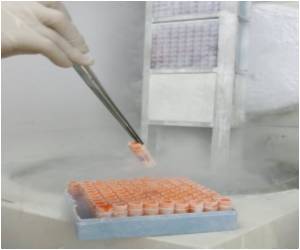Changes in the structure of a protein can change the protein's signaling function, say scientists

The study, led by Patrick Griffin of Scripps Florida and Raymond Stevens of Scripps California, was published in a recent edition of the journal Structure.
The new study focuses on the 946;2-adrenergic receptor, a member of the G protein-coupled receptor family. G protein-coupled receptors convert extracellular stimuli into intracellular signals through various pathways. Approximately one third of currently marketed drugs (including for diabetes and heart disease) target these receptors.
Scientists have known that when specific regions of the receptor are activated by neurotransmitters or hormones, the structural arrangement (conformation) of the receptor is changed along with its function.
"While it's accepted that these receptors adopt multiple conformations and that each conformation triggers a specific type of signaling, the molecular mechanism behind that flexibility has been something of a black box," said Griffin, who is chair of the Scripps Research Department of Molecular Therapeutics and director of the Scripps Florida Translational Research Institute. "Our findings shed significant light to it."
The study describes in structural detail the various regions of the receptor that are involved in the changes brought about by selective ligands (ligands are molecules that bind to proteins to form an active complex), which, like a rheostat, run the gamut among activating the receptor, shutting it down, and reversing its function, as well as producing various states in between.
Advertisement
"At this early stage in understanding GPCR structure and function, it is important to view the entire receptor in combination with probing very specific regions," said Stevens, who is a professor in the Scripps Research Department of Molecular Biology. "Hydrogen-deuterium exchange mass spectrometry has the right timescale and resolution to asked important questions about complete receptor conformations in regards to different pharmacological ligand binding. The HDX data combined with the structural data emerging will really help everyone more fully understand how these receptors work."
Advertisement
Source-Eurekalert











